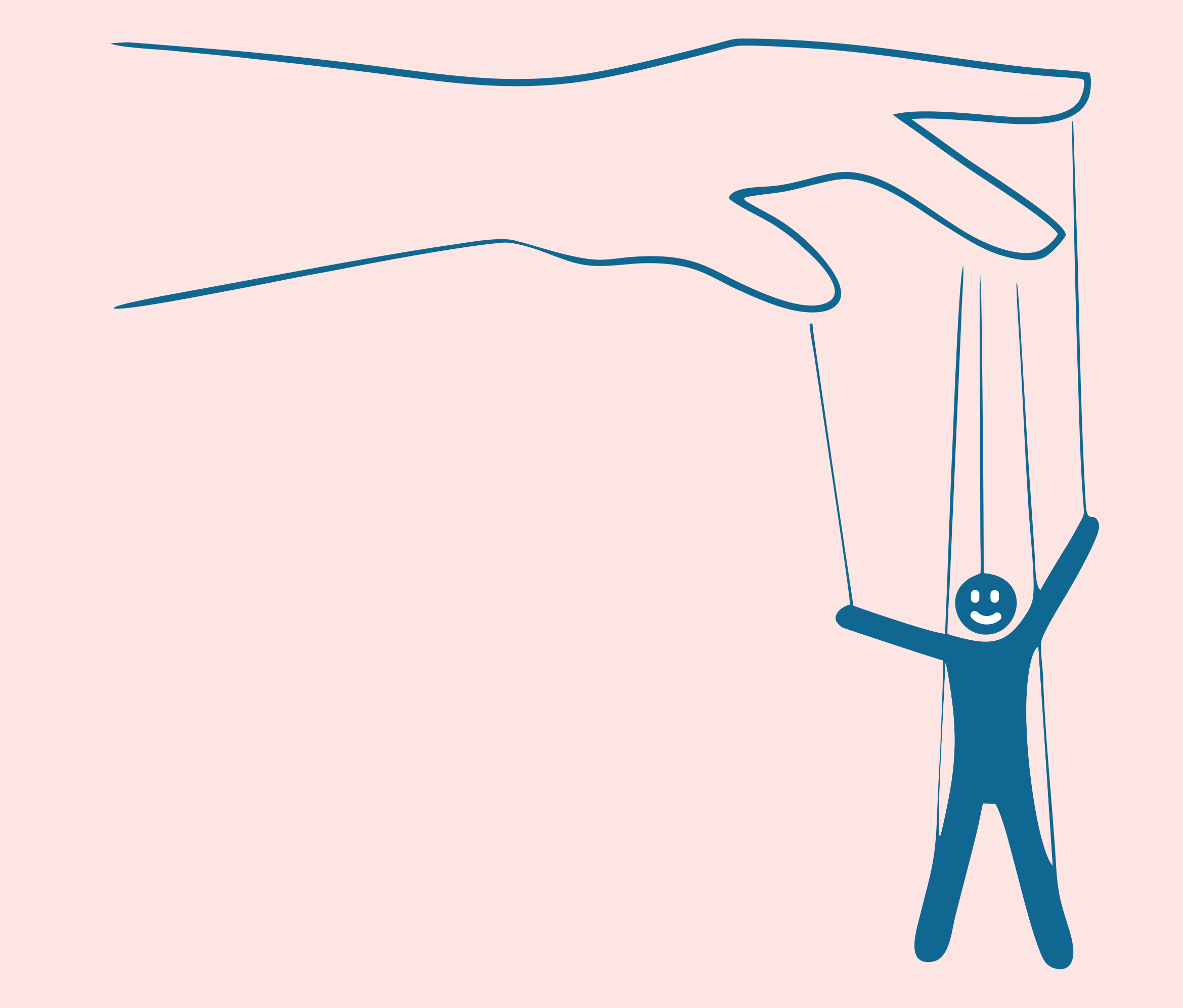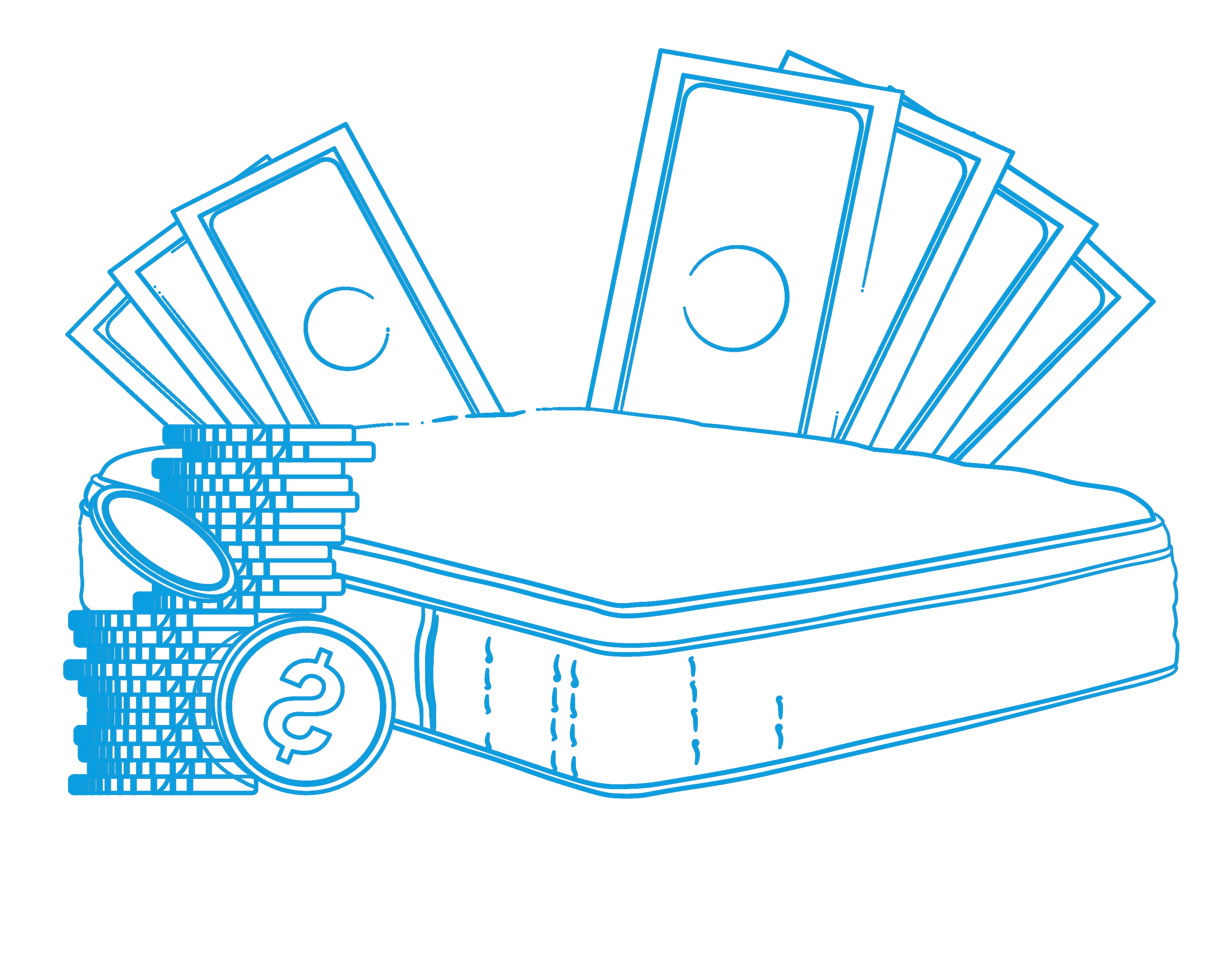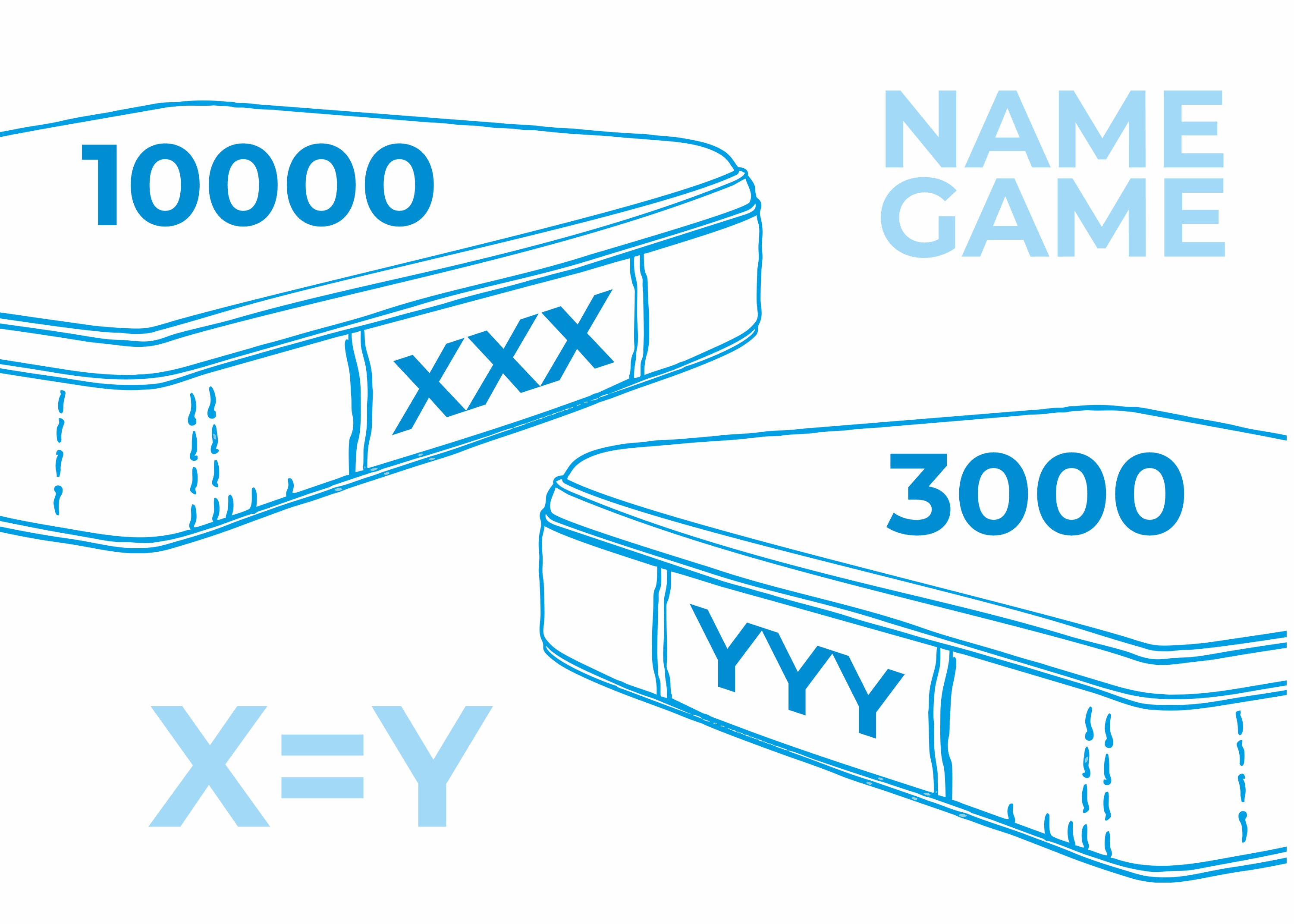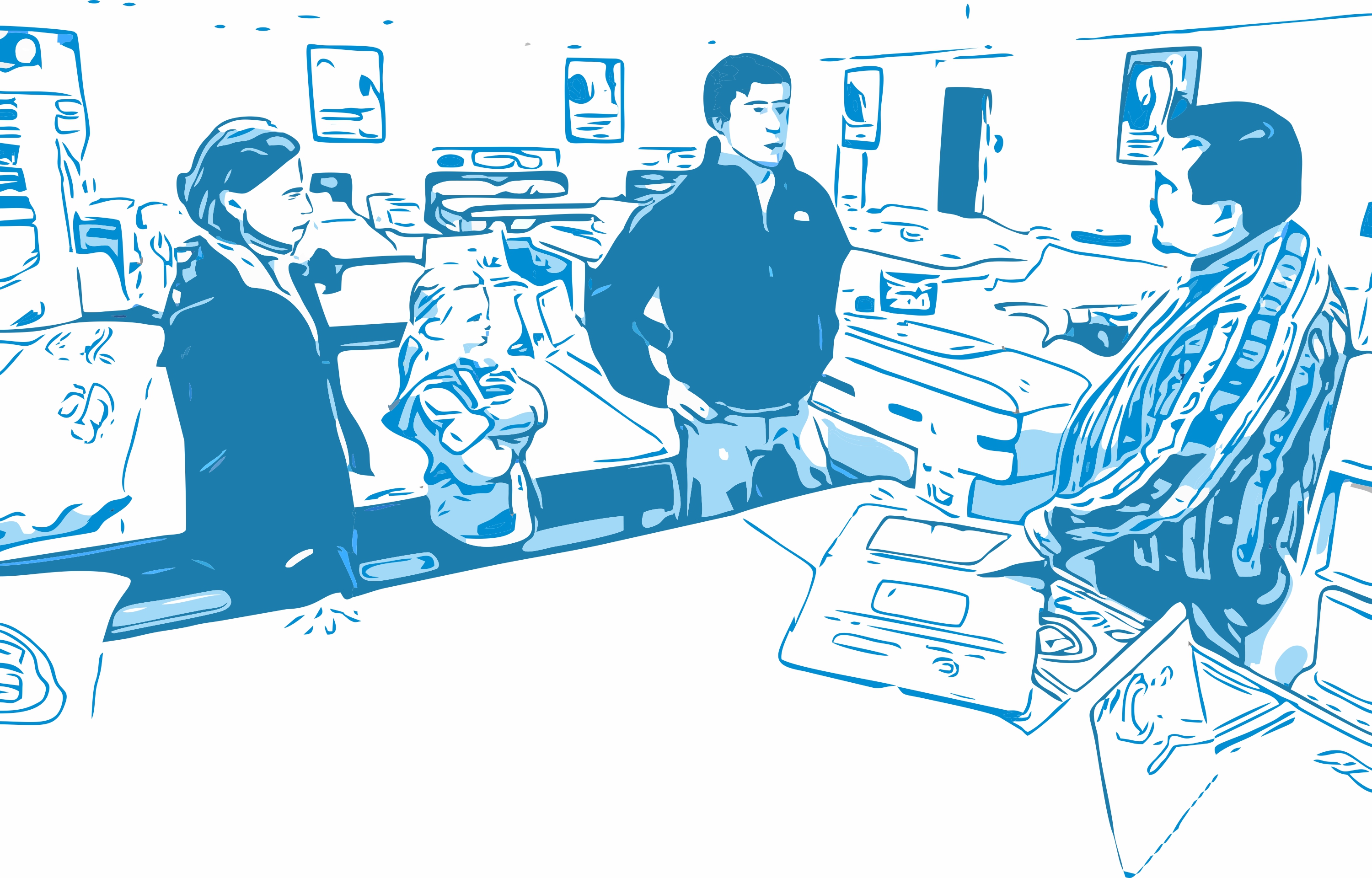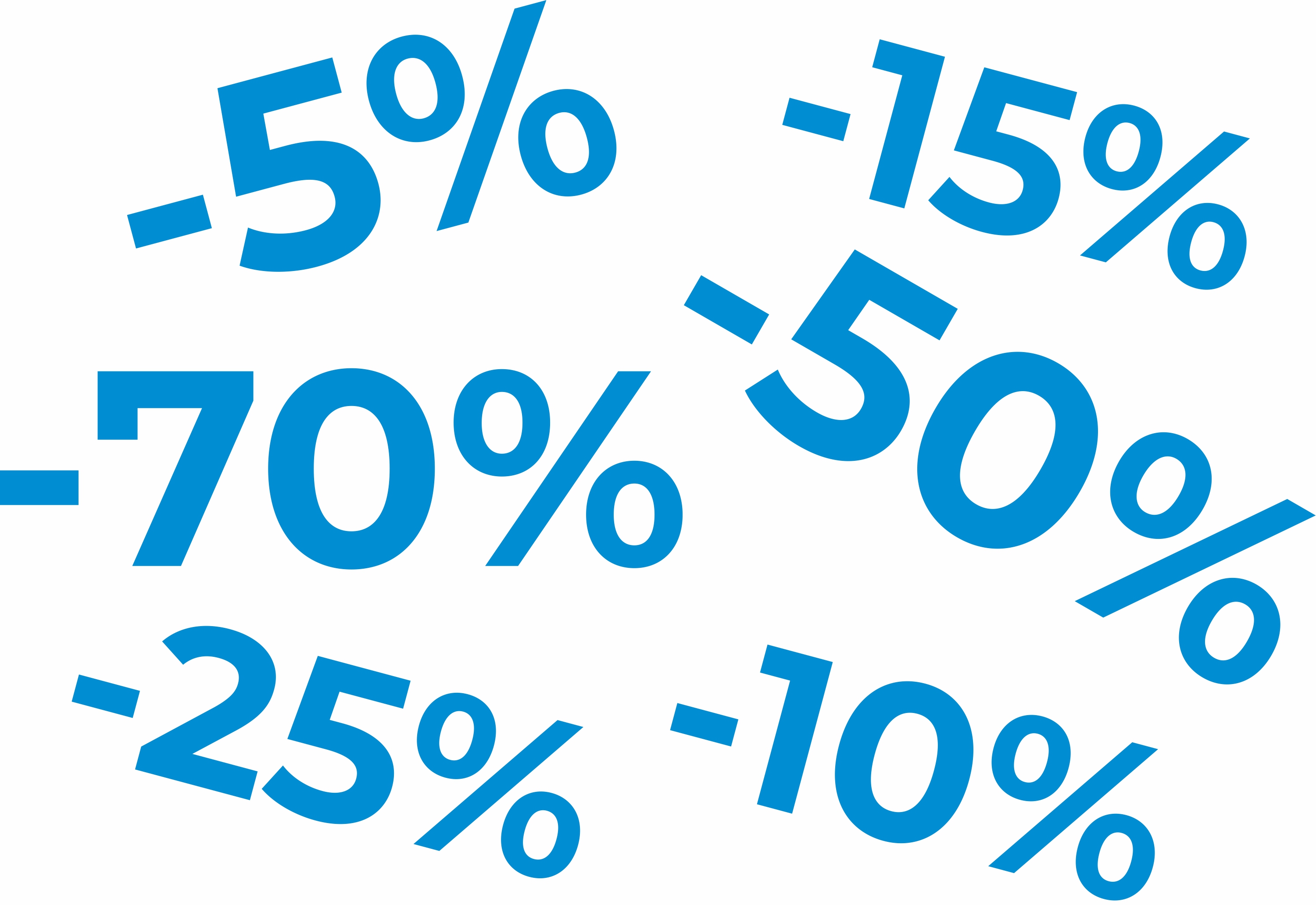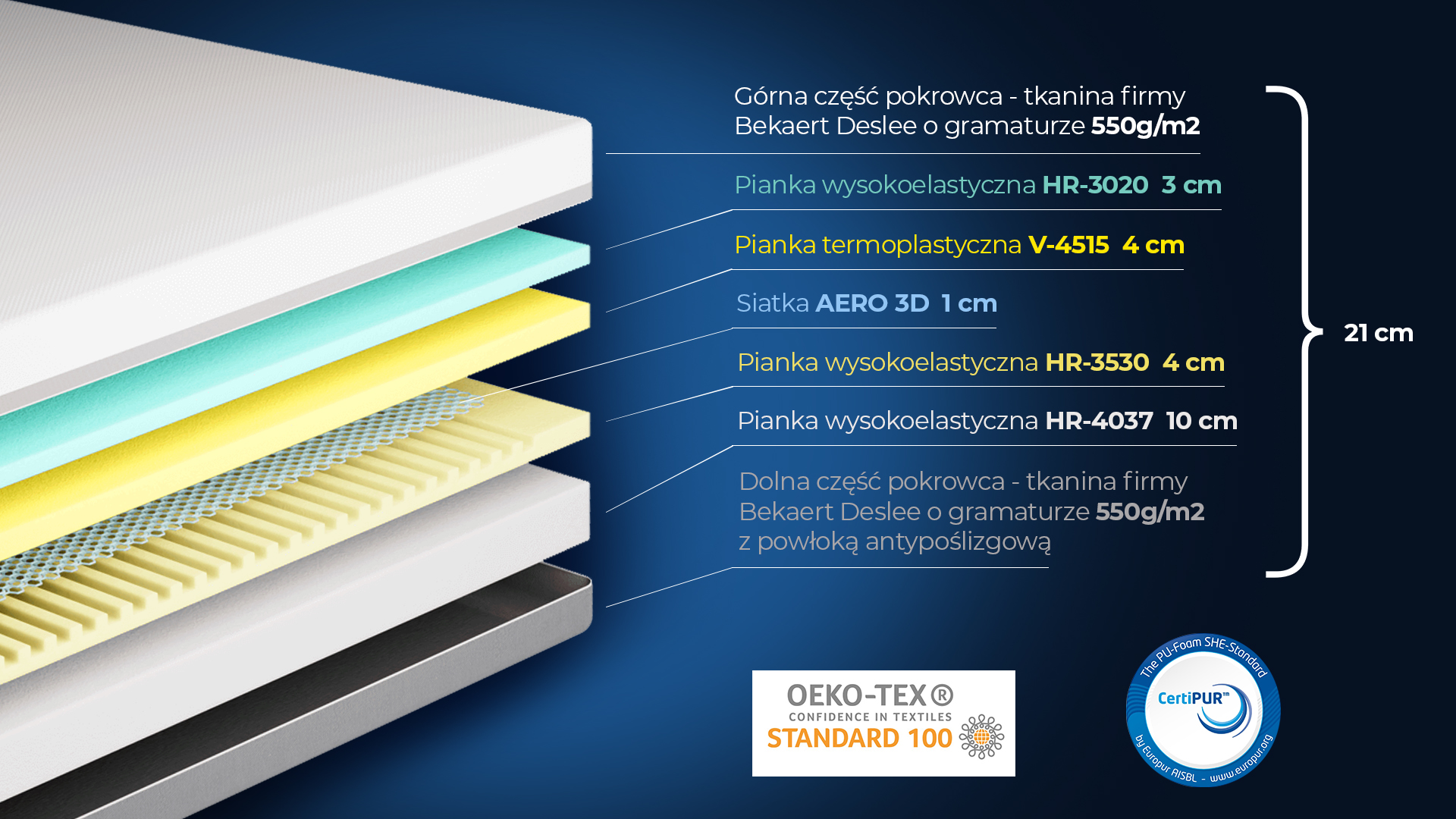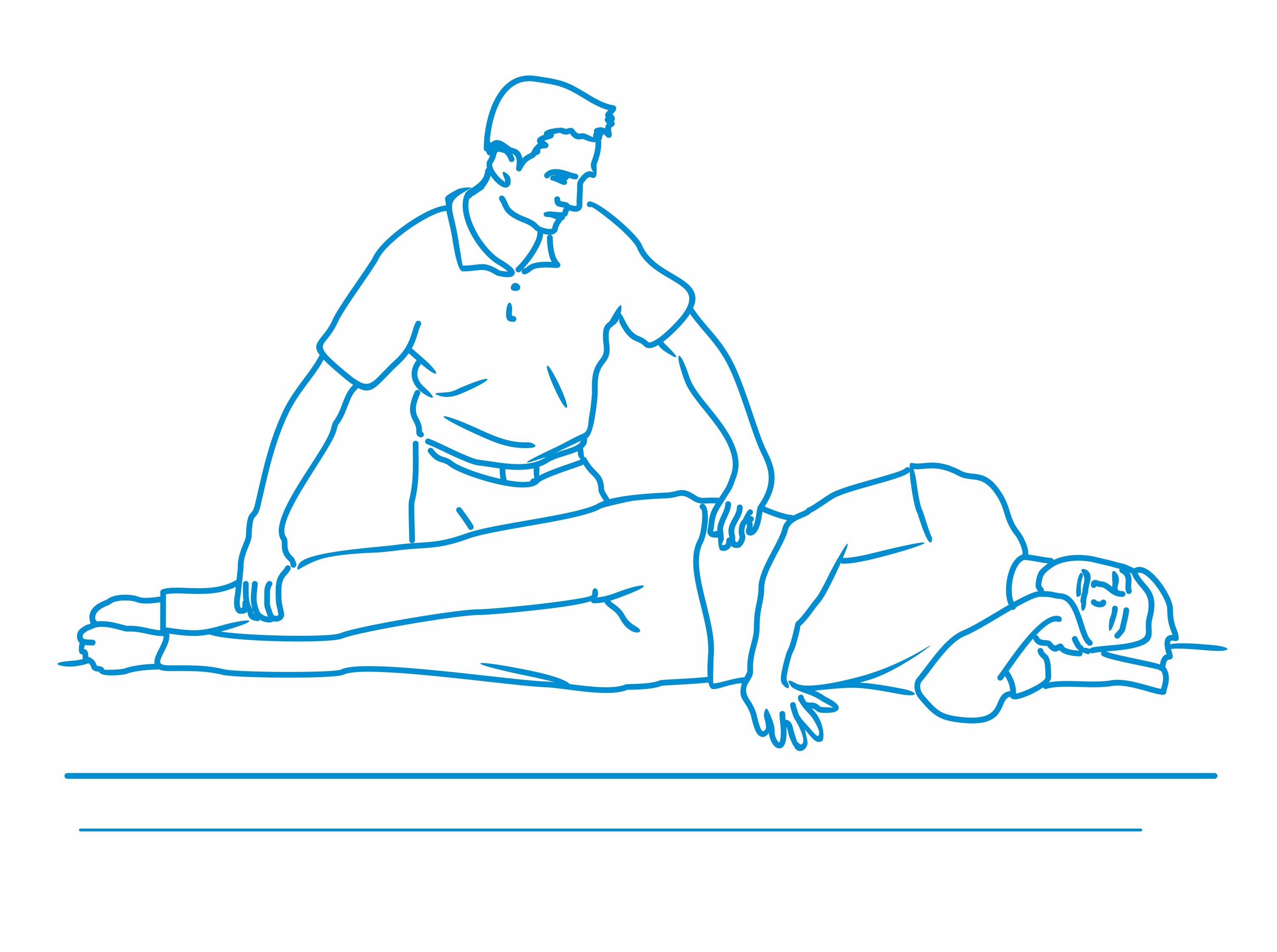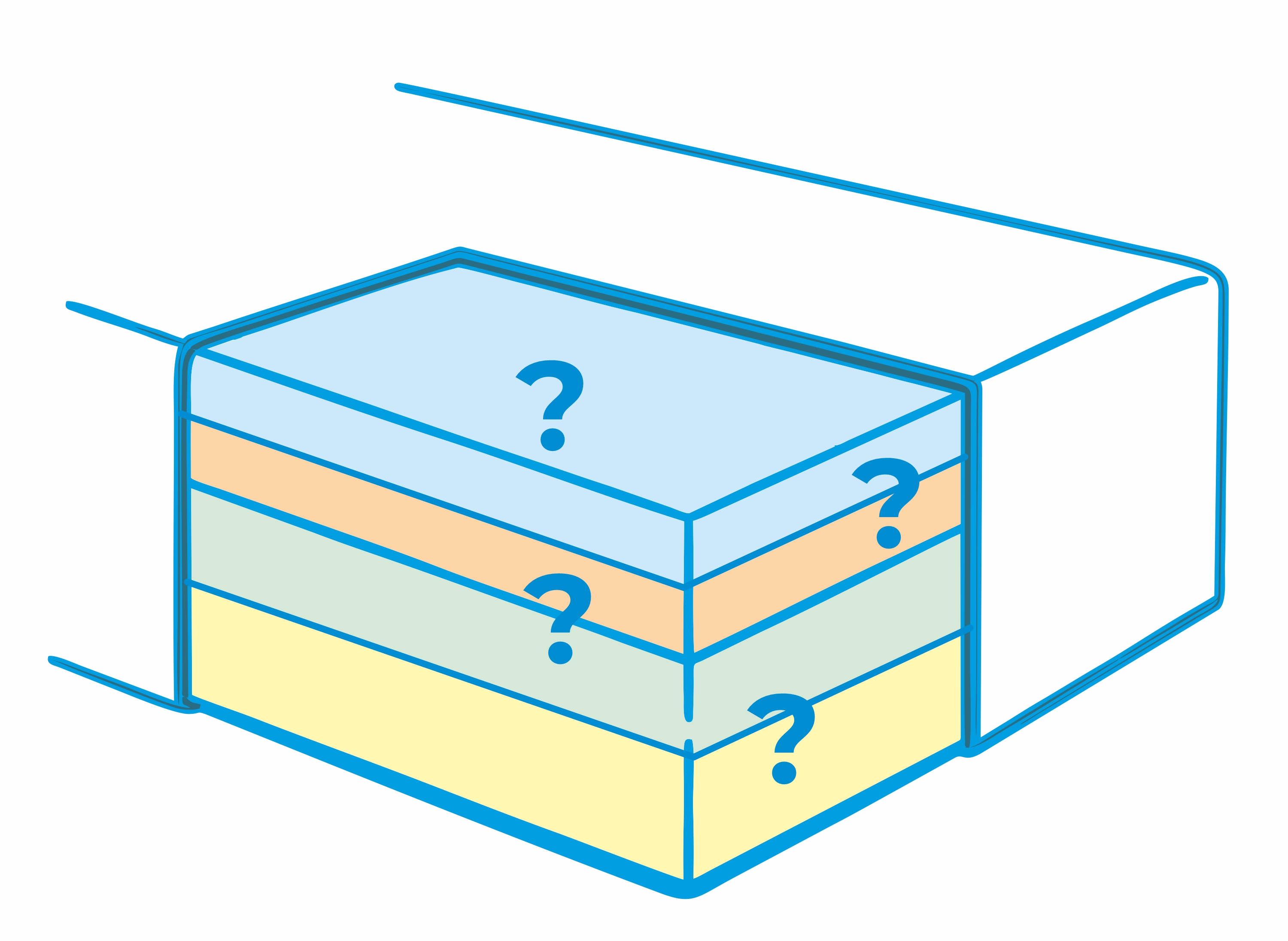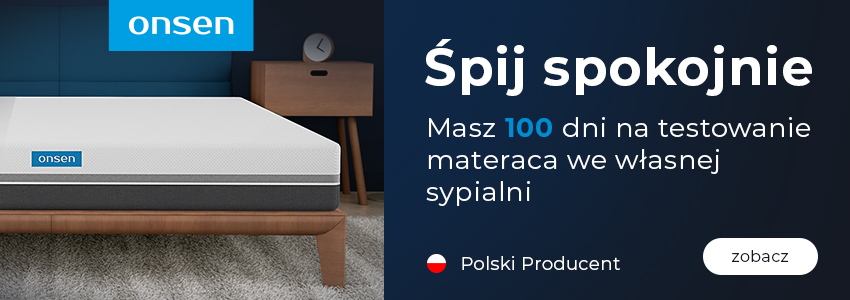Discount is a trap - how much should a mattress cost?
To understand how mattress sellers manipulate us, we must be aware of the cost of production. Of course, no company operates on a charitable basis, which also requires adding a margin to mattresses, as well as including additional costs in the price. These may be related to transportation or marketing.
Despite this, most mattress manufacturers, both smaller and leading companies, adopt a very unfavorable price structure for consumers. For example, we can take the spring mattress of a well-known company, which costs 7200 Polish złoty in the store. Its external appearance is tempting to the eye, which led to its classification in the premium mattress segment, despite the lack of other criteria.
To build this mattress, multipocket springs were used, as well as two layers of polyurethane foam called - of course - by their own name. A thin layer of high-elasticity foam with a density of 39 kg/m3 and a hardness of about 2.0 kPA, which would be HR4020 foam, was placed directly on the springs. The first layer of the mattress is supposed to be a thermoelastic foam with a density of 44 kg/m3 and a hardness of about 0.7 kPA. The sides of the mattress, on the other hand, were made of traditional foam with a density of 25 kg/m3 and a hardness of 1.2 kPA.
Therefore, we are dealing with a spring mattress that is not healthy in itself. The springs only move up and down, not providing adequate dynamics and consequently not adapting to the spine. In addition, they transfer movements on the mattress, quickly sag, and conduct electromagnetic waves, successfully replacing the radio.
The high-elasticity foam used for its construction is characterized by the appropriate density and hardness, but there is definitely too little of it to make any difference. The use of memory foam in the first layer reduces comfort, which results from its properties described by us many times. Although its density is acceptable, the hardness is at least twice too low. As a result, it will quickly sag under the weight of the body and its ordinary temperature, creating a non-air-permeable layer of polyurethane.
The use of traditional foam, designated with the letter T, and increasingly with the letters PU, on the sides of this mattress deserves particular condemnation. In addition, its density is terrifyingly low, as is its hardness. This will mean that the mattress will sag on the sides not only during sleep but also when sitting on its edges.
The cover of the described mattress is made of low-grammage knitwear, which does not exceed 200 g/m2. It is quilted with batting and non-woven fabric, which radically reduces its flexibility. However, it is made in such a way that it looks luxurious and fits into the current interior design trends. Although its functionality is low, it looks expensive and during testing in the store, it may seem comfortable.




